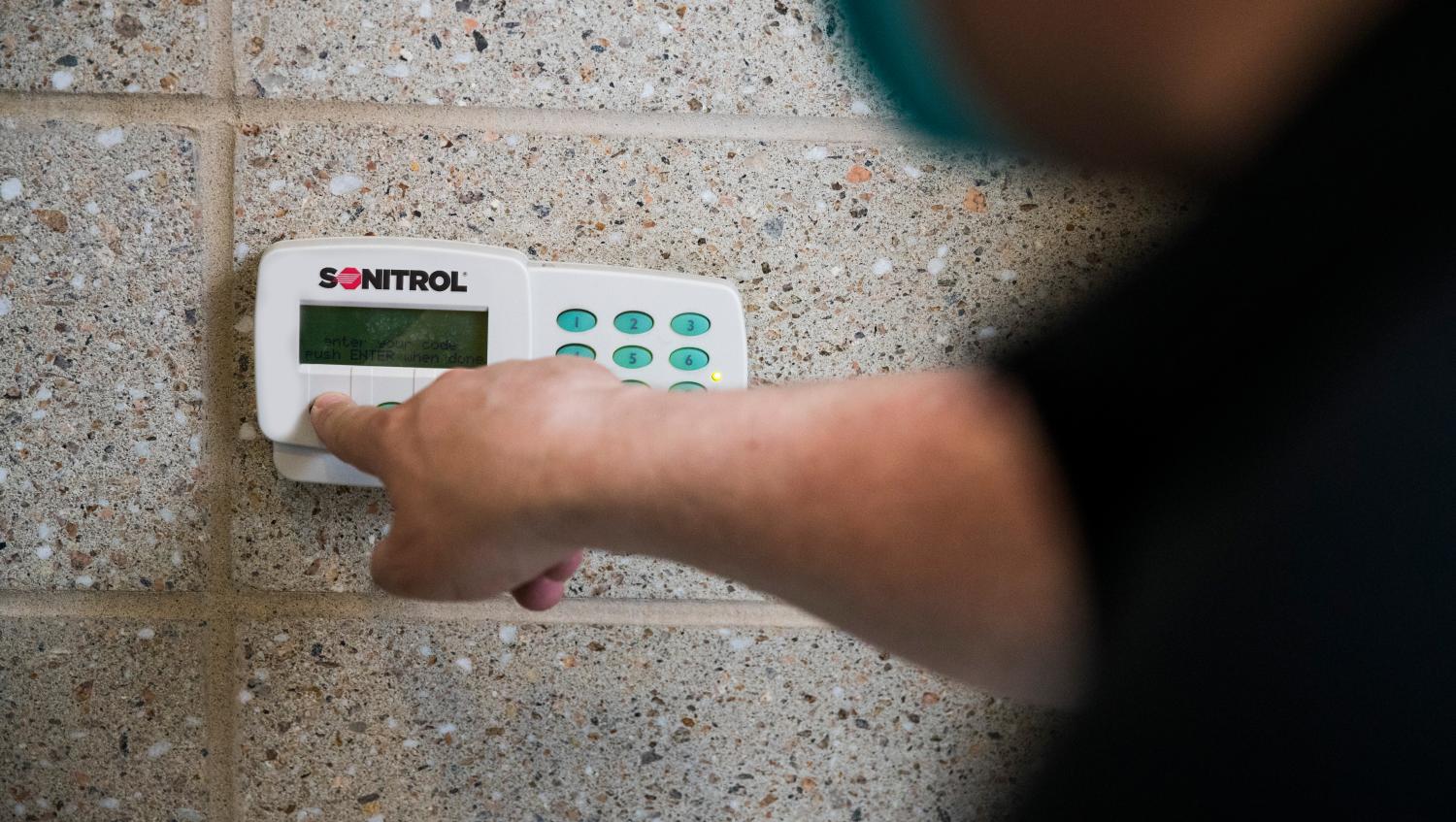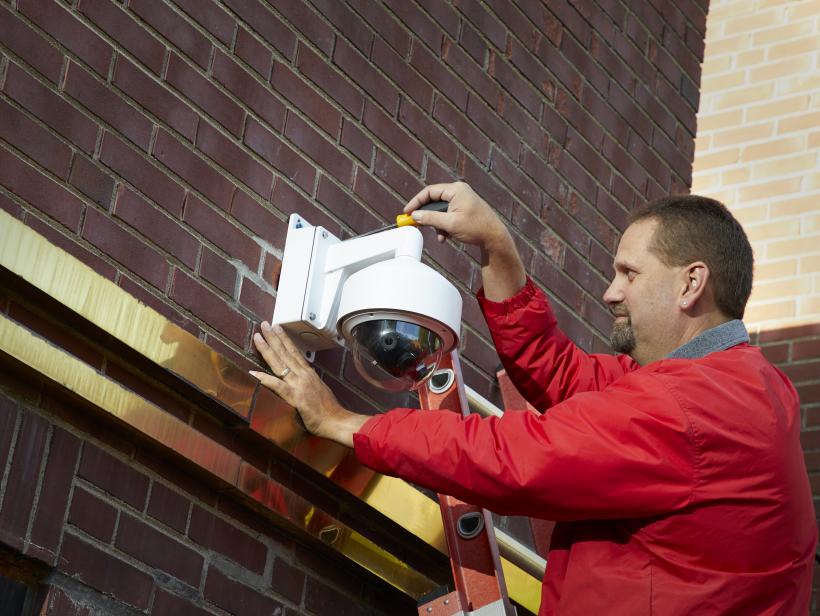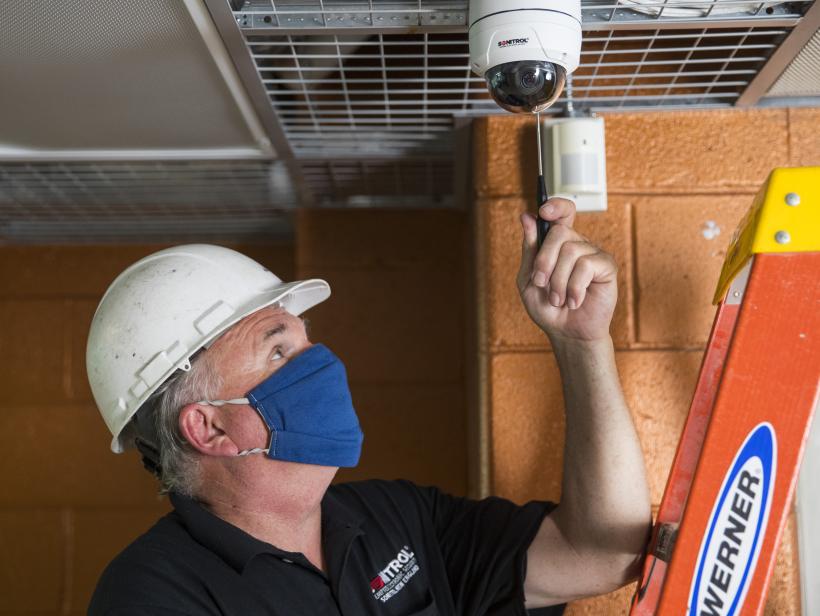Your electronic security system is only as secure as the methods you are using to protect your alarm codes. Read some tips we have compiled to help best secure your alarm codes and in turn, your facility.
Protect Your Security Alarm Codes
Your electronic security system is only as secure as the methods you are using to protect your alarm codes. SONITROL's security experts have seen users with the best and worst practices over the years in regard to alarm code management. Below are some tips we have compiled to help best secure your alarm codes and in turn, your facility.
Do Not Use Commonly Used Codes
According to a study by DataGenetics, the top ten most popular four-digit codes used are:
- 1234
- 1111
- 0000
- 1212
- 7777
- 1004
- 2000
- 4444
- 2222
- 6969
There are 10,000 different possible combinations utilizing 4 digits. Use a more original number combination to increase your alarm code security.
Choose a Code that You Will Remember
While it is important to use an original number combination, make sure you can remember your code. One of the most common causes of false alarms are users who do not remember their alarm codes.
Use Individual Codes for Each User
While it is tempting and easy to use the same code for every user, it is best practice to ensure that every user has their own alarm code. It also makes it easier to remove a user or track who is arming/disarming the system when using different codes for different users.
Do Not Write Down Your Code
It seems like common sense, but too many times we have seen users that post a note next to or inside the keypad with their alarm code. Posting your codes for everyone to see is like giving strangers a key to your door.
Do Not Share Codes with Others
Do not share your codes with friends or other staff members. Each person should have their own code and if they have forgotten it, there should be a planned procedure for them to follow to reset their code.
Update Your Codes Frequently
Best practice is to update your codes several times a year. While you might not be sharing your codes, other may have which compromises the system. Consider creating a planned schedule for code changes so you will not forget to update them.
Train Your Users on How to Properly Use the System
Another common false alarm type comes from users not understanding how to properly use the system. Make sure each new user is properly trained on the system before issuing a code to them. It might also be helpful to review training with current users on a scheduled basis, perhaps during the scheduled times to update user codes.
Know Your Security Code Options
If codes prove to be too difficult to remember or maintain, many systems including SONITROL, offer alternative options to arm and disarm your system such as through a mobile app or with a card or key fob.
Request Your Free Security Assessment Today
As a trusted leader in verified electronic security, your SONITROL sales consultant can help you create a plan to meet your unique security needs. SONITROL provides customers with a single source of integrated security solutions for intrusion, video, access and fire. SONITROL's ability to verify intrusion, through patented technology, in real-time offers unrivaled credibility with law enforcement. Growing numbers of municipalities require verification that an intrusion is actually taking place before police dispatch personnel to the site. SONITROL has the fastest police response times, low false alarm rates and the best apprehension record in the security industry.
Get a Free Assessment
Whether you’re starting from scratch or updating an existing system, get started with SONITROL today for cutting-edge security, when and where you need it most.



